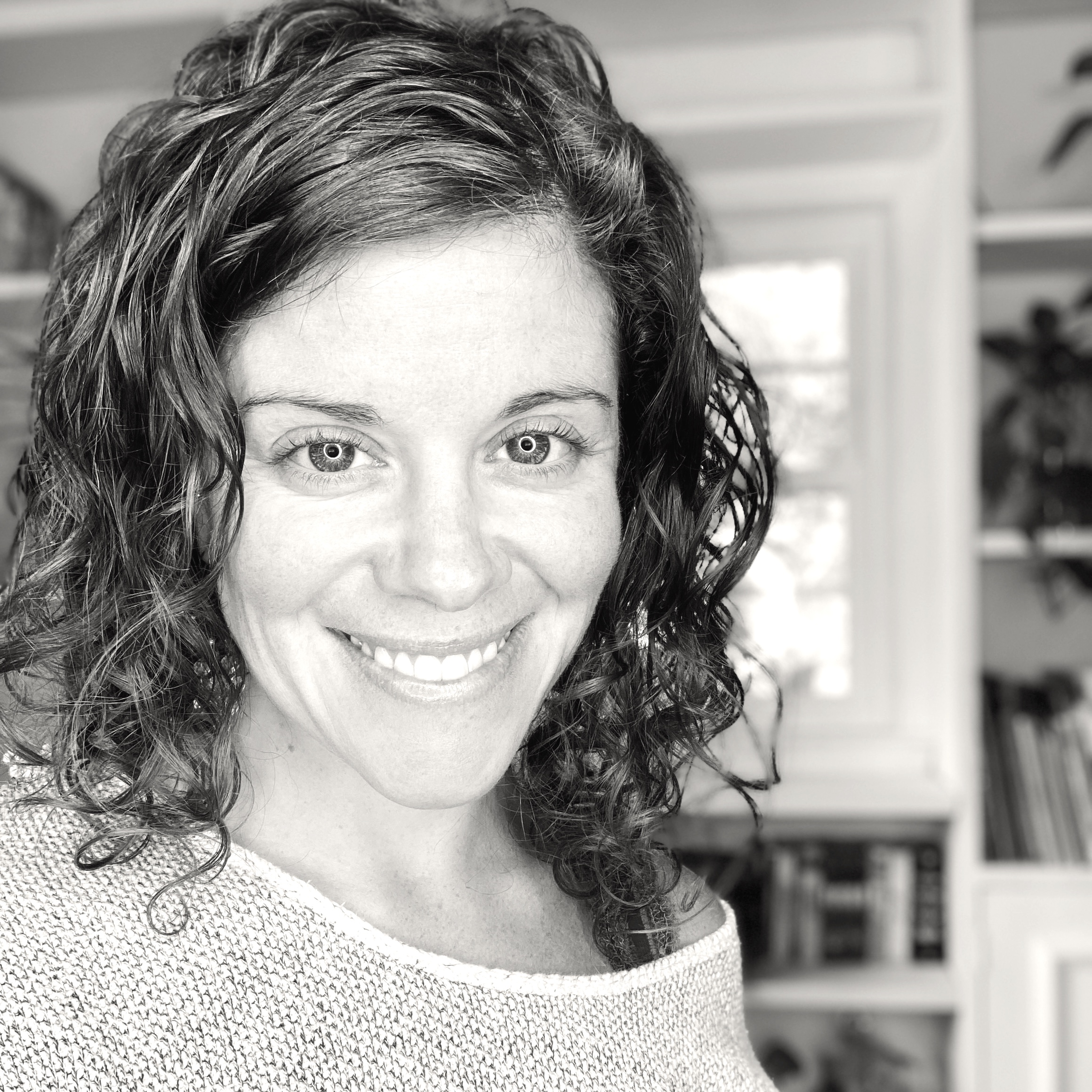Transgender with Diabetes: Fighting for Gender-Affirming Healthcare
Max was diagnosed with type 1 diabetes at age 6 in 2002. His father has said he remembers the diagnosis clearly because it was on the day the United States invaded Iraq.
Today, Max is 25 years old living in Vancouver where he’s studying film and fiction writing.
Max is also transgender, assigned female at birth, and in the process of transitioning with hormone replacement therapy (HRT). He is comfortable using the pronouns he/him or they/them.
Max is also still figuring out where in the gender and hormonal spectrum he feels most comfortable—he’s found himself wanting to slow down the physical changes that come with HRT. Certain that he doesn’t identify as female, Max feels more gender-fluid than specifically male.
“I’ve been out of the closet for about two years,” explained Max who came out as transgender at age 23. “I didn’t tell most people because I had this feeling, like, maybe the way I felt wasn’t real. Maybe everybody feels this way and they’re just acting normal.”
He recalled another lightbulb moment while watching TV when he found himself very fixated on a particular male character.
“I realized I wasn’t attracted to him like I wanted to date him, instead I felt like I wanted to be him.”
Embracing his gender identity also meant coming out to health care providers—and for some, their biases against transgender people threatened Max’s ability to get the medical care he deserved.
Getting health care as a transgender person with type 1 diabetes
“I actually had to switch my family doctor because when I told her I was transgender, she said, ‘No, you’re not that’s a side-effect of your antidepressants,’” recalled Max. “Before you tell your doctor that you’re trans, figure out what LGBTQ resources you have that can help you find a new doctor.”
Max’s experience of finding true support in the healthcare industry has been limited and frustrating.
“I have a lot of trans support and a lot of diabetes support,” he explains, “but in the areas where those things intersect, I’ve basically been on my own. I don’t think this is from neglect as much as it’s from the fact that the healthcare system really isn’t equipped to address health holistically.”
At the start of every health care appointment, Max has to push and fight for his gender identity to be accurately acknowledged. This could start with medical records:
“I’d like my name, my real name—not my legal one—to come first,” Max said.
And of course, Max would like his preferred pronouns to be listed at the top of the chart—before the letter indicating male or female gender.
“Right now, even the nurses that really want to be supportive are fighting an uphill battle because my preferred name isn’t listed until the halfway point of my chart.”
Max said he often resorts to making jokes in an effort to disarm people, to appear non-threatening and to remind them that he is a person despite his non-conforming gender identity.
Without the support of a cohesive team that fully understands and respects both his needs as a person with type 1 diabetes and his non-binary gender identity, Max essentially feels alone in his pursuit of health care.
“When you don’t make sense to health care professionals, you’re dismissed rather than cared for—I think that’s why so many people are so willing to try things outside the box on their own. You get desperate for someone to try something to address your pain. You feel really truly alone when you have to stand up for your lived experience every time you know something is wrong. So really the support I got for my diabetes and my testosterone therapy is that I didn’t.”
For Max, trying to self-manage and self-treat adds to the already present challenges of living with type 1 diabetes, trying to juggle the many variables that make blood sugar management so complicated.
Fear of being misgendered might prevent you from getting health care
While seeking urgent care for diabetic ketoacidosis, Max still found himself focused on how he was being perceived.
“Even when I’m hooked up to two IVs in the emergency room, I’m cracking jokes because I’m scared about how I’ll be seen and judged.”
Despite the severe shortcomings of the medical system’s ability to better support people who do not identify with the gender they were assigned at birth, Max said it’s critical to find the courage to go.
“Don’t let constantly being misgendered at the hospital put you in physical danger,” urged Max. “Even though it is probably going to happen and it’s very difficult to change, your physical health in the immediate moment is more important.”
“You’re going to be misgendered at the hospital—and I’m really sorry, I love you, and you need to stay alive.”
Telling the world who you truly are isn’t easy
“How are health professionals supposed to help me when the stress of transphobia is affecting my blood sugar?” asked Max. “They can’t change that I’m less likely to be employed, that I’m being rejected by my family and how my blood sugars are interfering with my ability to get top surgery.”
Transphobia is a pervasive form of hate that takes lives. A health care professional’s perception of a transgender person could not only leave them feeling hated and unwelcome, it could also lead the health care provider (HCP) to misdiagnose or mistreat a serious medical condition.
“Every person who manages to stay alive despite the medical system makes the world a better place,” said Max. “There are kids out there who don’t know who they are yet and they are looking for people who’ve made it. Even if you don’t want to protect yourself, you can protect that kid by being someone who’s survived,” said Max.
Max hopes someday people can take a step back from the societal norms of gender identity that we’re most familiar with and realize a transgender person is still a worthy human being.
“To [transphobic people], I’d just like to say: I do not exist for your comfort or understanding, I exist for my own flourishing and joy. I don’t need your respect or your love, but if you ever want to know me or anyone like me, you have the chance to meet someone who has learned to love themselves despite everything, unconditionally.”
Even if your reaction to a transgender or non-binary person doesn’t seem outrightly hateful to you, Max reminds us that refusing to acknowledge a person’s gender identity is still significantly harmful—and can feel like hate.
“When you make an assumption about someone, you are cutting off their opportunity to introduce themselves,” explained Max. “When I tell someone that I’m nonbinary and they still think of me as a woman who is confused or following a trend then I feel isolated and invisible. But they also lose the opportunity to get to know me. It’s more important to them to deny my sense of self so it matches with how they see me.”
To those who’ve walked a similar path as Max, he urges you to never give up.
“From one queer to another, I personally need you around.”





